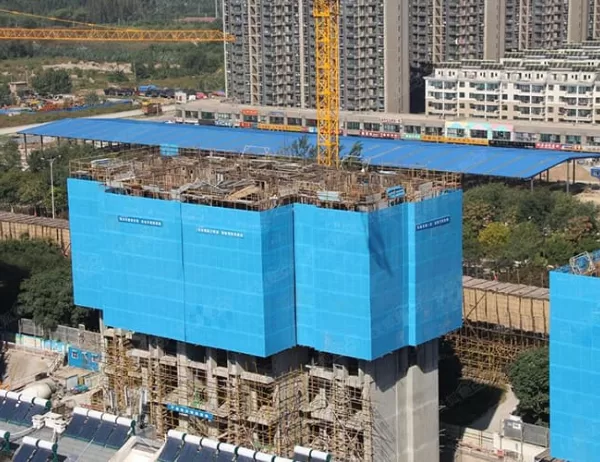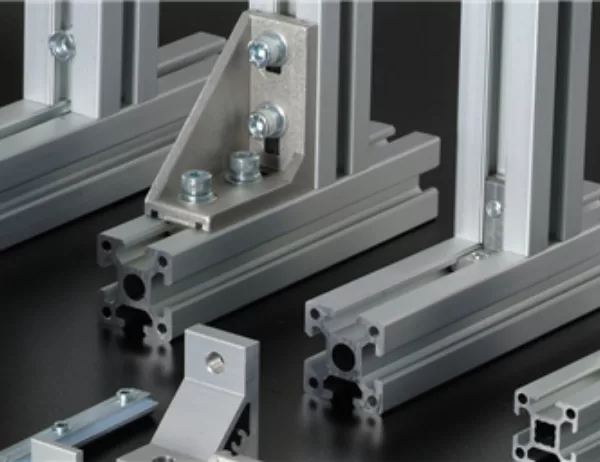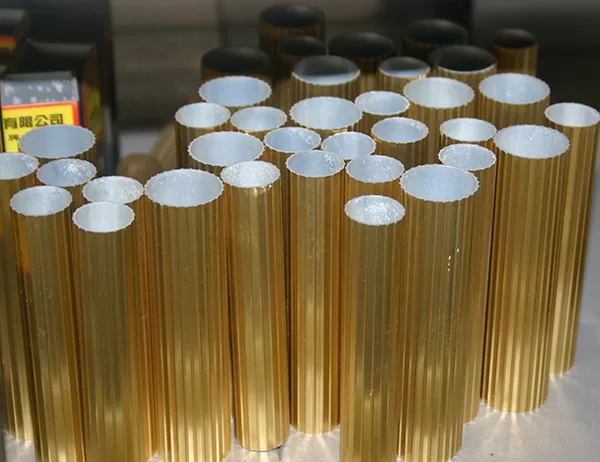Understanding Aluminum T-Section Extrusions: A Comprehensive Guide
Understanding Aluminum T-Section Extrusions: A Complete Guide is an indispensable resource for anyone working with or considering using aluminum T-section extrusions. This guide provides a comprehensive overview of the types, applications, benefits, and manufacturing processes associated with aluminum T-section extrusions.
Types of Aluminum T-Section Extrusions
Aluminum T-section extrusions are available in a wide range of sizes, shapes, and alloys. Common types include:
Equal-leg T-sections: T-sections with two legs of equal length
Unequal-leg T-sections: T-sections with one leg significantly longer than the other
Flanged T-sections: T-sections with additional flanges on one or both legs
Punched T-sections: T-sections with pre-drilled holes for easy assembly
Applications of Aluminum T-Section Extrusions
T-section extrusions are highly versatile and find applications in a variety of industries, including:
Construction: As framing members, roof trusses, and curtain walls
Automotive: As structural components and trim elements
Aerospace: As wing spars, fuselage panels, and landing gear supports
Industrial machinery: As conveyor systems, workbenches, and machine guards
Consumer products: As furniture frames, shelving systems, and display stands
Benefits of Aluminum T-Section Extrusions
Aluminum T-section extrusions offer numerous advantages over other materials and construction methods:
Strong and durable: Aluminum is a lightweight but strong metal that resists corrosion and oxidation.
Lightweight: T-sections are significantly lighter than their steel counterparts, reducing transportation and handling costs.
Versatile: T-sections can be easily cut, drilled, and assembled using standard tools and techniques.
Cost-effective: Extrusion is a cost-efficient manufacturing process that produces parts with precise dimensions and consistent quality.
Manufacturing Processes for Aluminum T-Section Extrusions
Aluminum T-section extrusions are produced through a process called extrusion. This process involves heating aluminum billets to a molten state and forcing them through a die to create the desired shape. Key steps in the extrusion process include:
Billet preparation: Billets of aluminum alloy are cut to the appropriate size and shape.
Heating: Billets are heated to temperatures between 800 and 1000°F.
Extrusion: Billets are forced through a die, forming the desired T-section shape.
Quenching: Extrusions are rapidly cooled to improve their strength and properties.
Stretching: Extrusions may be stretched to enhance their dimensional accuracy.
Finishing: Extrusions can undergo additional processes such as anodizing, powder coating, or painting to improve their appearance and durability.




